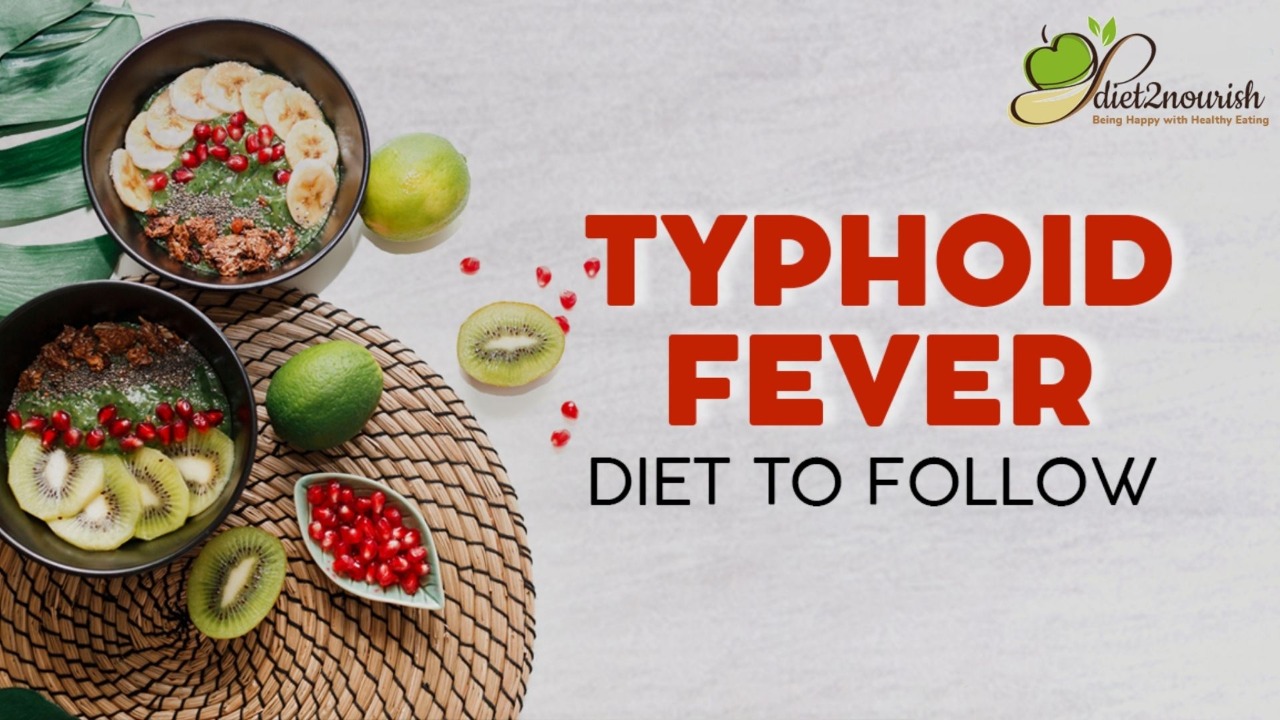Typhoid is a bacterial infection that is caused by Salmonella typhi bacteria. It is a common disease in India, especially during the monsoon season. One of the most important aspects of typhoid treatment is the diet. A proper diet can help to reduce the severity of symptoms and promote a quicker recovery. In this article, we will discuss the diet in typhoid and the foods that should be included and avoided in a typhoid diet.
The primary goal of the diet in typhoid is to provide adequate nutrition while reducing stress on the digestive system. Foods that are easy to digest and provide essential nutrients are recommended. The following are the recommended foods for a typhoid diet:
Fluids: One of the most important aspects of a typhoid diet is to stay hydrated. Drinking plenty of fluids is essential to prevent dehydration. Water, coconut water, clear soups, and fruit juices are recommended.
Soft, easily digestible foods: Foods that are easy to digest should be included in the diet. These include boiled rice, boiled vegetables, boiled potatoes, boiled or steamed chicken, and fish.
Foods rich in vitamins and minerals: Typhoid can deplete the body of essential vitamins and minerals. Therefore, it is important to include foods that are rich in vitamins and minerals such as fruits and vegetables.
Foods with probiotics: Probiotic foods such as curd and yogurt can help to promote the growth of beneficial bacteria in the gut, which can aid in digestion and improve immunity.
Foods to Avoid in Typhoid:
Certain foods should be avoided during typhoid as they can irritate the digestive system and worsen symptoms. The following are the foods that should be avoided during typhoid:
Spicy and fried foods: Spicy and fried foods can irritate the digestive system and cause nausea, vomiting, and diarrhea. These foods should be avoided during typhoid.
Dairy products: Dairy products such as milk and cheese can be difficult to digest during typhoid. They should be avoided or consumed in moderation.
Fibrous foods: Fibrous foods such as whole grains and raw vegetables can be difficult to digest during typhoid. They should be avoided or consumed in moderation.
Fatty and oily foods: Fatty and oily foods can worsen symptoms of typhoid such as diarrhea and abdominal pain. These foods should be avoided.
Sample Diet Plan for Typhoid:
Here is a sample diet plan for typhoid:
Breakfast: A bowl of boiled rice with boiled vegetables and a boiled egg or steamed chicken.
Mid-morning snack: A fruit such as an apple or a banana.
Lunch: A bowl of clear soup with boiled vegetables and boiled chicken or fish. A small bowl of curd or yogurt can also be included.
Mid-afternoon snack: A fruit such as a papaya or watermelon.
Dinner: A bowl of boiled rice with boiled vegetables and boiled or steamed chicken or fish. A small bowl of curd or yogurt can also be included.
Before bedtime: A glass of warm milk.
Conclusion:
In conclusion, a proper diet is an important aspect of typhoid treatment. A typhoid diet should include soft, easily digestible foods that are rich in vitamins and minerals. Spicy and fried foods, dairy products, fibrous foods, and fatty and oily foods should be avoided. A sample diet plan for typhoid should include boiled rice, boiled vegetables, boiled or steamed chicken, and fish. Drinking plenty of fluids is also essential to prevent dehydration. If you are suffering from typhoid, it is important.
